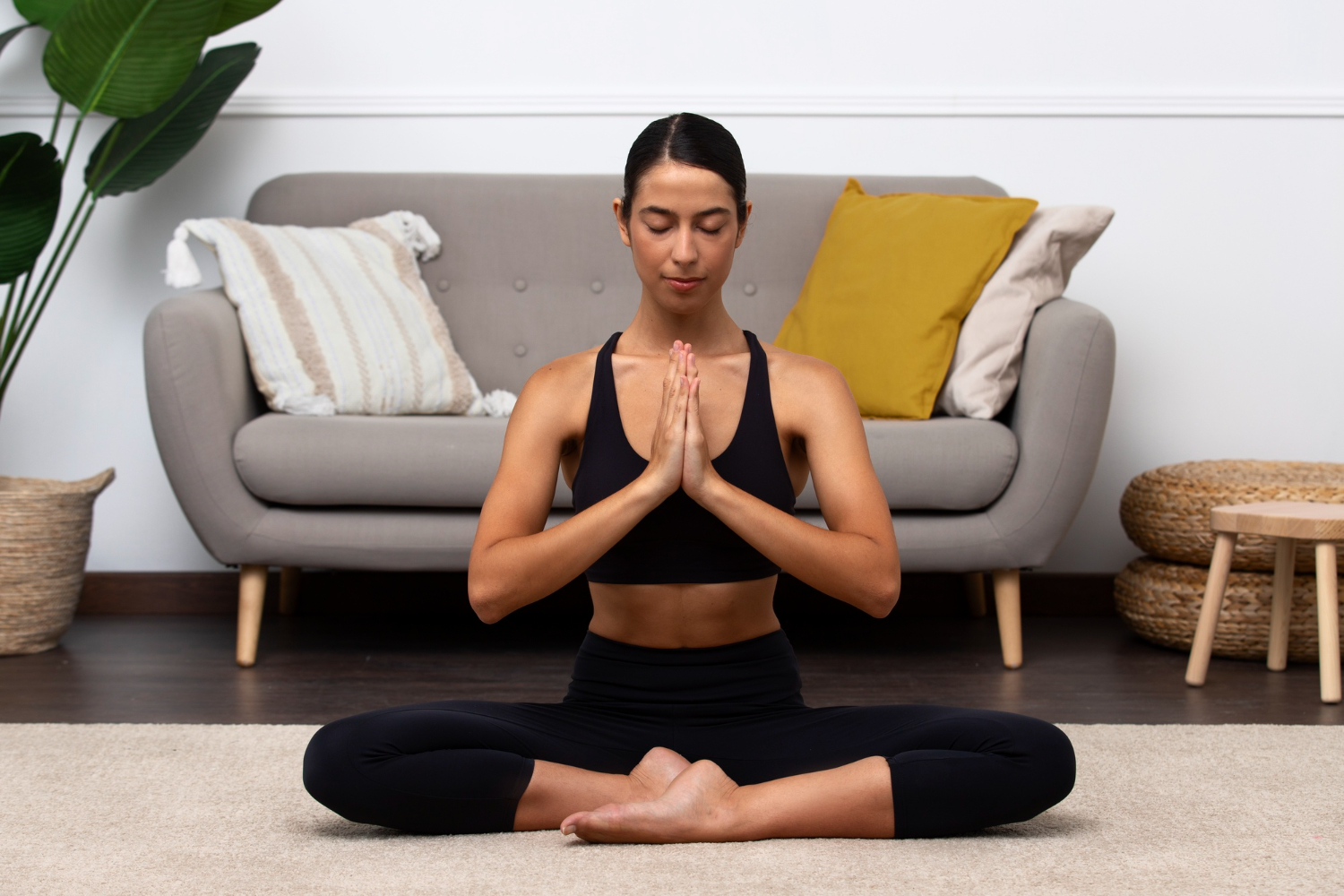As stress levels soar, and with mental wellness becoming a mounting concern, more people are turning to meditation—a centuries-old practice that instils peace of mind and boosts emotional well-being—to alleviate such pressures. What some fail to recognise is that this journey to the self, beyond the mind, can arguably be further optimised with the help of quite a simple tool—a meditation cushion. This humble yet transformative accessory can radically enhance the comfort and quality of your meditative practice. The purpose of this comprehensive guide is to illuminate the true value of a meditation cushion and how it can benefit your mindfulness journey.
Understanding Meditation-
Meditation is a broad practice that includes a range of techniques designed to promote relaxation, develop love, patience, generosity, and forgiveness, while fostering a heightened sense of self-awareness and inner peace. There are various forms of meditation including mindfulness meditation, transcendental meditation, and loving-kindness meditation, to name but a few. Each varies in methodology, but they all share a common objective—to embolden tranquillity and clarity. One should not overlook the importance of a physically comfortable environment to facilitate meditation. It can lead to deeper, more enriching meditative experiences, an aspect we will delve into as we discuss meditation cushions.
Unveiling the Meditation Cushion-
The meditation cushion or ‘zafu’ is a tool that has roots in Zen meditation practices dating back to ancient times. Traditionally filled with kapok or buckwheat hulls, the zafu allows a meditator to sit comfortably for prolonged periods. This circular cushion, typically about five to eight inches high, helps the practitioner maintain a steady, comfortable posture enabling a deeper focus during meditation. The zafu’s historical significance in meditative practices underlines its importance in creating a conducive environment for meditation.
Decoding the Design-
The design of the zafu accompanies thoughtful considerations towards fostering comfortability, balance, and good posture. Generally, round, the zafus are filled with either buckwheat hulls or kapok, both of which allow for firm yet flexible support. The cushion’s outer fabric is often resilient to accommodate wear and tear and ensuring a long lifespan. The height and firmness of the zafu are instrumental in maintaining what is known as the “seven-point posture”—a position believed to promote the flow of spiritual energies during meditation.
Manifesting Balance and Stability-
One of the essential elements of a proper meditation posture is stability. Extensive scholarly research solidifies the idea that stability during meditation can lead to enhanced concentration, allowing for a more profound meditative experience. The precise positioning of the zafu, notably its design and padding, centre your gravity, making your seated pose steadier, preventing you from toppling over during your practice.

Alignment and Posture Perfection-
Proper spinal alignment is another pivotal aspect of meditative practice, and the zafu aids in achieving this. Studies have accentuated the role of correct posture and spinal alignment in optimising the benefits of meditation, such as improved focus and reduced body discomfort. The zafu’s size and shape encourage a natural yet erect spinal alignment, allowing you to maintain an ideal posture for extended periods without straining your back, neck or shoulders.
The Cushion and Comfort Synergy-
A key to a substantial and profound practice is being able to maintain your meditation pose for extended durations comfortably. It can be challenging to hold a seated posture for long if you are uncomfortable or in pain. The meditation cushion, through its design and purpose, caters to this need by affording the necessary comfort to meditate for longer spells. It not just promotes a suitable seating arrangement but also mitigates the risk of discomfort or injury by supporting the body.
Choosing the Right Meditation Cushion-
Selecting the right meditation cushion is as important as the practice itself and depends on your body type, flexibility, and personal preference. When making a purchase, consider factors such as materials of the cushion, firmness, height, and shape. If you have tight hips or a stiff lower back, a higher and firmer cushion might suit you better. It is crucial to try different cushions before finalising your choice to ensure it meets your comfort and ergonomic requirements.
Practical Tips for Getting the Most from Your Meditation Cushion-
Maintaining your meditation cushion properly can extend its longevity. Regular cleaning, fluffing the cushion as required, and occasional sunning can help keep it in good shape. Proper positioning on the zafu is equally essential, so follow seasoned practitioners’ advice or look up reliable guides for instructions on how to sit on a meditation cushion correctly.
Conclusion-
Although often overlooked, the role of a meditation cushion in enhancing your mindfulness practice is pivotal. Not only does it promote comfort, balance, and proper alignment, but it also facilitates quality meditation time. By understanding the incredible benefits of this essential tool, you can add another constructive element to your spiritual journey and optimise your meditation experience.

